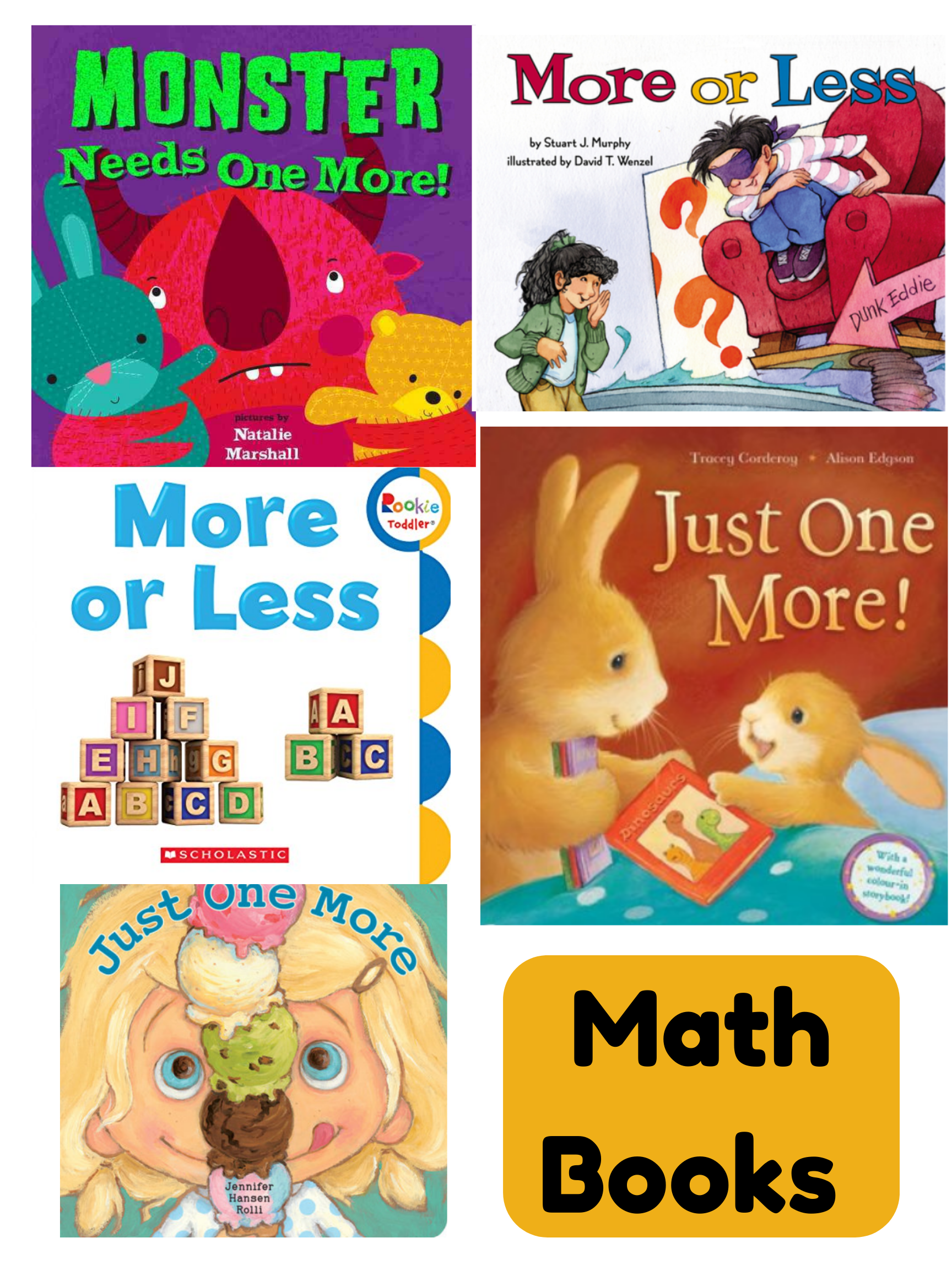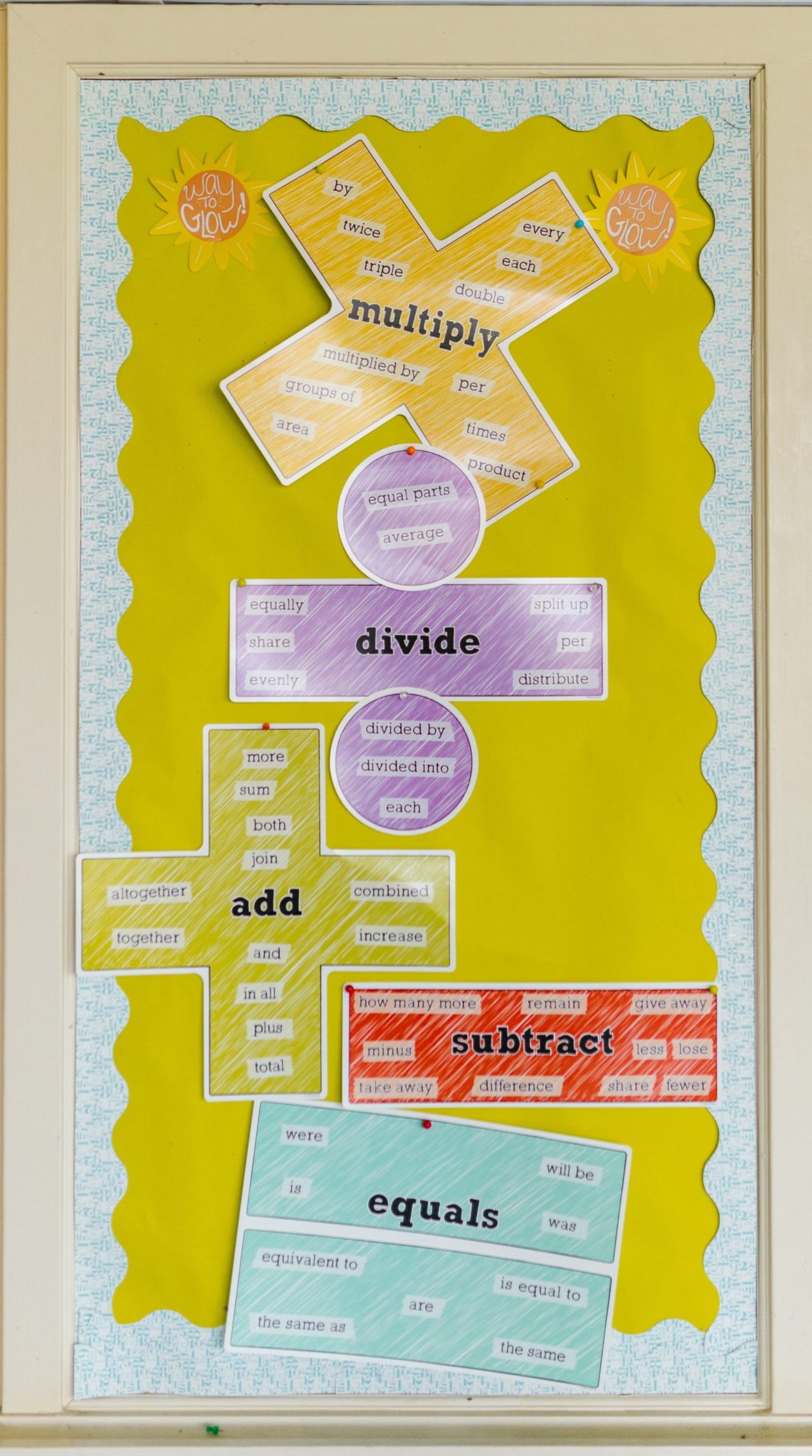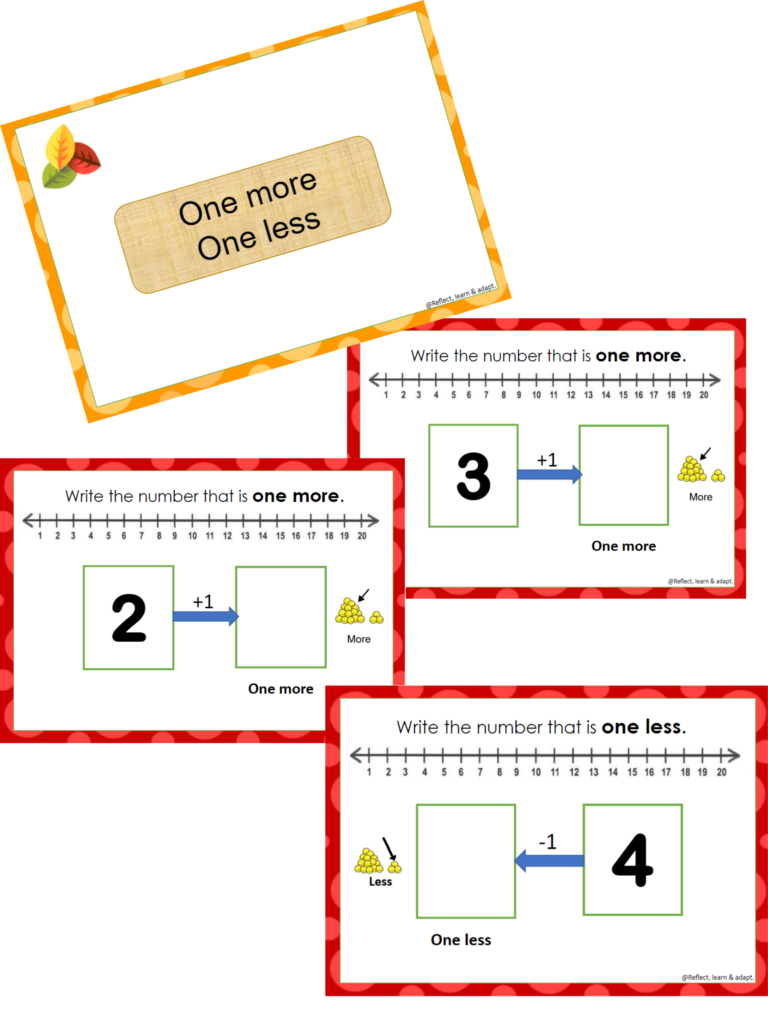How to carry on with your math education in the face of obstacles. Have you found a curriculum that closely matches your child’s needs and your situation? I found HappyNumbers for my child that works very well with his learning needs(minimally verbal with ASD, ADHD diagnosis).
About our curriculum choice- HappyNumbers
A research-based program called HappyNumbers breaks down ideas piece by piece, scaffolds learning, and gives rapid feedback.
With the help of tools like visual modeling, virtual manipulatives, and other math concept representations, this program teaches students how to think mathematically. It offers students the chance to investigate the purpose behind arithmetic, making connections and deepening their conceptual grasp. NO high music or game type simulation and the program breaks down tasks one at time to feed concepts without overwhelming the child. This is the main reason as to why I leaned into HappyNumbers as our curriculum choice especially for our child with diverse needs who quickly gets overstimulated with audio/video.
However, when you have a child with a variety of needs and discover that your child isn’t interested in learning on some days, I know how challenging that can get. And then those moments slowly become more regular, leaving you feeling helpless as though you have reached a brick wall. You understand, nevertheless, that there must be a way to reach your child now that you have carefully considered the curriculum. How can you continue the daily instruction where your child is primarily inattentive? If this describes you, continue reading as I walk you through our experience with HappyNumbers, the best fit for our purposes, while navigating pitfalls. I hit a roadblock with our learning, while we came to learning more or less math concept. It got challenging for my child to compare and respond. I had to rethink and step back! I followed this five -step procedure for organizing and carrying out material modifications to further customize learning. Read on to follow the journey-
STEP 1: CREATE A PLAN.
Know your child! Offer diverse learning opportunities. Choose the best curriculum that offers scaffolding at its level. Proceed with your journey. When you find that your child stops interacting with such a curriculum, looks distracted and inattentive, you need to pause. Follow the plan below instead taking breaks on alternate days, it totally worked for us. Effective adaptations require ongoing assistance. They must be made as part of a bigger strategy that takes consideration. So have a simple framework like explained in this step and then follow step 2 to 4.
Day 1: Create a background experience on the topic you are teaching. Such that we invent prior knowledge where none exists. I do an activity on Monday or read books to give my child the necessary background experience so they can fully participate and appreciate Wednesday’s learning if we’re teaching something of major importance on Wednesday.
Examples of activities : – Books, adaptive materials, charts. Since he got stuck on the more concept, I had to research some books at his level that support that topic.

Day 3: Teach slower, use repetition. Teach more by talking less. Use visuals, manipulatives, white board to get the point across.
Day 5: Task cards and other adaptive materials to teach, don’t test just teach and model.
STEP 2: IDENTIFY AND ANALYZE THE DEMANDS THAT YOUR CHILD IS NOT ABLE TO MEET.
The goal of this step is defining the issue that the adaptation will try to solve.
Observe how well children succeed when they use common instructional resources e.g your curriculum. Are they struggling to –
Level 1– to understand or retain the most crucial information from written materials OR
Level 2 – to store or recall the information offered in the materials OR
Level 3 – in articulating the information or show competency on writing examinations. Depending on the degree of difficulty, several solutions might be needed if children struggle with an assignment.
Now here you go…
Adaptions for Level 1: Create a study guide or rewrite, restructure(add a sheet with bigger text), add to by breaking into steps so that the child can access the usual curricular materials on their own. Pause to reintroduce between the curriculum adaptive materials, anchor charts.

Level 2: Give the child more educational support, direction, and assistance when using the materials. Change the method you teach in order to overcome the obstacles the materials present and encourage the student to engage with the topics in new and creative ways. Manipulatives, 3D materials, pause and break down by using a white board, model and answer. In my case I used several manipulatives, counting bears and different objects and made the instruction rapid and simple to suit to his learning needs.
Level 3: Alternate material selection – Choose new materials that are more considerate of the needs of your child with disabilities or that are built to make up for learning issues. Use an interactive computer program. For instance BOOM Cards, that highlight key concepts, reads text, defines key terms, provides word definitions and illustrations, presents and reinforces learning in smaller chunks, and offer more opportunities for practice and cumulative review. In my case I used audio enabled boom cards that gave immediate feedback, given that my child is an auditory learner.
STEP 3. IMPLEMENT, EVALUATE, AND MAKE ADJUSTMENTS TO THE ADAPTATION.
As the modification is put into practice, you should assess its results to see if the desired results are being obtained. If not, make further modification to the adaptation or the simplify the instruction by breaking down steps. Please watch out for learning challenges to reduce considerably through adaptations. Personalized learning or rather competency-based learning is a journey.
STEP 4: FADE THE ADAPTATION WHEN POSSIBLE.
Most adaptations should act as a transition to skill development rather than as a replacement for rigorous instruction on the techniques and methods that a child will need to become independent learners. In other words, adjustments should be viewed as a temporary fix to improve access to the curriculum and to raise the likelihood that students will successfully finish a task.
However, if a specific student requires them, there might be some circumstances in which temporary adjustments turn into permanent ones. For e.g a child that cannot write due to motor delays can type their work. Follow this plan and persist with the curriculum. This is the point at which mediocrity ends.
Final Thoughts:
Intention is everything. When teaching your child with special needs, presume competence and be consistent. Adaptations should be approached as short-term solutions within a long-term plan for teaching skills and strategies that will promote the child’s independence as a learner and ultimately reduce the need for adaptations. Understand your child’s learning needs and watch out for subtle signs that detailed in this post. Each obstacle can be glided over with appropriate scaffolding and lots of patience without having to blame your curriculum/chucking it out. If you have followed along this long you may want to check out how I scaffold Happynumbers math curriculum for my autistic child. Wish you luck with your Individualized instruction.
References:
Deshler, Schumaker, and McKnight, (1997).The survey routine. Lawrence: University of Kansas Press. Guidelines for identifying features of materials that may be inconsiderate of the learner.
Knackendorffel, E.A., Robinson, S. Schumaker, J.B, & Deshler, D.D. (1992). Collaborative problem solving. Lawrence, KS: Edge Enterprises.


